The content of the article
- 1 Why does a child have a fever without symptoms?
- 2 Overheating: symptoms and help the child
- 3 Teething: symptoms and actions of parents
- 4 Infectious diseases
- 5 Cold
- 6 Sore throat
- 7 Acute stomatitis
- 8 Acute otitis media
- 9 Roseola
- 10 Urinary tract infection
- 11 What measures to take if the child has a fever
- 12 In what cases should I see a doctor?
- 13 In what cases should emergency medical attention be called up?
- 14 Video: how to lower the temperature of children without medication
If the baby has a sharp rise in temperature, and there are no other clinical manifestations of any disease, then some mothers and fathers begin to worry, because they can not understand what happened to their child. And others, on the contrary, do not pay attention to this symptom, and do not even offer a crumb antipyretic.
What will be the correct reaction to an increase in temperature above 38 ° C in the absence of other signs of the disease? How to determine what happened to the child?
Why does a child have a fever without symptoms?
Without any other clinical manifestations, the following provoking factors can cause a rise in body temperature in a baby:
- Infectious disease caused by viruses or bacteria (in this situation, the symptoms will come to their senses only after a while, and in some cases only the doctor will be able to determine them).
- The reaction of the child's body to teething.
- Overheating of the child (it should be borne in mind that babies can overheat not only in the summer heat, but also in the cold season).
The smaller the baby’s age, the more often there is an increased body temperature without other signs of the disease. This is due to the following factors:
- In infants, thermoregulation does not work well enough, for this reason overheating in them happens much more often.
- Many diseases in babies do not proceed as in adults.
- There are a large number of infectious diseases that affect only children aged three to five years.
- The baby is faced with many infections for the first time, so such an organism reaction as a rise in temperature may appear.
- For the most part, the baby is completely helpless, it happens that he just can not tell mom and dad about head or stomach pain, this means that there are symptoms, just the parents do not know about it.
- Often an increase in body temperature is accompanied by a process of teething, and this happens at an early age - up to two years.
Below we consider in more detail the main reasons that can cause an increase in temperature in a child without the clinical manifestations of the disease.
Overheating: symptoms and help the child
Toddlers often overheat in hot weather. And babies, when they are wearing too warm clothes, can overheat even in the cold season.
In this situation, the child's anxiety appears, he will be capricious for no reason, or on the contrary, apathy, lethargy will be observed. Possible rise in temperature to 38.8 ° C. What measures to take in this case:
- First of all, a good ventilation of the room is necessary so that the temperature in the room is no higher than 22 ° C.
- When overheating in the sun, you should take the child home, or put him in the shade.
- It is necessary to remove all the warm clothes from the baby or completely undress him.
- Let him drink a lot throughout the day.
If overheating became the provoking factor that caused the temperature rise, then after such manipulations, it should quickly drop, while giving the child an antipyretic agent is not necessary.
If such actions did not bring results, then you need to give the baby an antipyretic medicine and determine what else could cause such a condition.
Teething: symptoms and actions of parents
In the vast majority of cases, erupting teeth are the provoking factor of temperature rise without other clinical manifestations.
Symptoms that can tell about this:
- the age of the baby is from five months to two years;
- the baby makes attempts to scratch the gums, puts everything he finds in his mouth;
- the thermometer shows values of about 38 ° C, but not more;
- the baby’s gums are inflamed, you can notice the edge of the teething tooth;
- one to three days after teething, the temperature decreases;
- when teething previous teeth in the baby, the temperature increased in the same way.
There are some more symptoms by which parents can determine that the toddler has his teeth cut out: he refuses food, increased salivation is noted. However, such signs are quite controversial.
Increased salivation is already observed in two-month-old infants, when the teething is still far away. At such a time, the salivary glands simply begin to work intensively. If we talk about a deterioration in appetite, then I do not want to eat it precisely because of the high temperature.
What can be done:
- To relieve soreness of the gums, you can resort to special gels.
- Give your child more to drink.
- From time to time, it is good to ventilate the room (when the baby is not in it), make sure that the temperature in the room does not rise above 22 ° C.
- It is not worth walking and bathing a child if the temperature has risen above 37.5 ° C, it is better if the baby is at home and relax more.
- If high fever is accompanied by whims or, conversely, lethargy, then the child should be given an antipyretic medicine - it will relieve pain, itching and have a calming effect.
Infectious diseases
Often there are clinical manifestations of the disease, adults simply cannot notice them themselves. When you contact a doctor, you can immediately find them, in this case you can make an accurate diagnosis and start the necessary therapy.
Cold
If the temperature increase was due to a cold, then the pediatrician will prescribe the baby treatment with antiviral drugs. Ingavirin has shown good efficacy. Its use in the early days of the disease helps to quickly remove viruses from the body, reduce the duration of the disease, and prevent complications.
Sore throat
If the baby is still very small, then parents sometimes can not conduct an examination of his throat and determine that there are any problems with him. The baby himself is also not able to talk about what hurts him. The temperature may rise without obvious signs with the development of the following infections:
- Acute pharyngitis. This infection, accompanied by a high temperature, is found in children most often. If you look at the throat well, you can notice a rash, redness, ulcers.
- Herpetic tonsillitis. Such an infectious disease causes an increase in temperature. In addition, bubbles appear in the throat and tonsils, all this is accompanied by painful sensations.
- Angina. This disease is experienced by children over the age of one year, while up to two years this happens quite rarely. With this disease, the temperature rises, pustules and white plaque form on the tonsils, the throat turns red and hurts.
If the baby is diagnosed with angina, then it is necessary to immediately start taking antibacterial drugs. With herpetic sore throat, antibiotics do not need to be taken, and in the case of pharyngitis this will depend on what caused it - viruses or bacteria.
In any case, if you suspect that the child has a sore throat, and his temperature rises, you should call the doctor as soon as possible. Only he can accurately diagnose and prescribe the necessary treatment.
Acute stomatitis
If the baby is diagnosed, then, as a rule, he refuses food. In addition, he rises in temperature and saliva. If you examine the oral cavity, you will notice that small blisters and ulcers have formed on the mucous membrane and tongue.
If such symptoms are found, you must call a doctor. And until he comes, you can apply the above actions.
In addition, frequent rinsing of the oral cavity with furacilinum solution, chamomile or sage is recommended. For some time you can not give the child hot and solid food that can damage the affected areas of inflammation. Instead, it is worth giving mashed potatoes to warm food.
Acute otitis media
With this disease, the child has a sore ear and body temperature rises. If he is still quite a baby, then he will not be able to say where he has pain, and will hold by the ear, cry and refuse to eat.
As a rule, the doctor prescribes local antibiotic therapy in the form of drops. Sometimes treatment is supplemented with injections and tablets.
Roseola
This disease is experienced only by children from the age of nine months to two years. The first symptoms are a rise in temperature to the level of 38.5-40 ° C, which persists for three to five days. In addition, in some cases, there is an increase in lymph nodes. After a few days, a decrease in temperature occurs, but small rashes of pink color form on the skin. This phenomenon does not need to be treated; it passes on its own after about five days. The herpes virus provokes the development of the disease. According to statistics, approximately 70% of children under the age of two years experience roseola.
Urinary tract infection
Most often, only high fever can be seen from the clinical manifestations. More rarely, swelling of the face and extremities, increased urination, in some cases this process is accompanied by pain.
To accurately diagnose, you must pass a urinalysis. Since bacteria cause the disease, treatment is carried out with antibacterial drugs.
What measures to take if the child has a fever
The fact that the baby rises in temperature indicates that his body is trying to cope with the infection. First of all, you need to use a thermometer to measure the temperature. If it is high, but there are no other signs of the disease, do the following:
- If the thermometer showed a value of no more than 37.5, then doctors do not recommend knocking it off, because it is necessary that the body independently fight the infection. But it must be borne in mind that this is allowed only in acute rotovirus disease. If angina, roseola or intestinal infection became the cause of the temperature increase, then it is necessary to lower it.
- When the thermometer shows values greater than 38.5, it is necessary to resort to antipyretics. You should know in advance from the pediatrician what and in what dose you can give the child, and always have the right medicine in the medicine cabinet. As a rule, children are prescribed drugs whose active substance is paracetamol and ibuprofen. Doctors do not advise acetylsalicylic acid to give babies.
- At elevated temperatures, the baby needs a lot of attention. Timely replace sweat-damp clothes with dry ones, offer warm drinks. Walking and making attempts to feed the child, if he does not want, is not recommended.
- It is strictly forbidden to rub the baby with a wet sponge or put it in a bathtub, where cool water is poured.
In what cases should I see a doctor?
It is urgent to visit a pediatrician if:
- The temperature has already been knocked down, but the baby spits up and eats nothing. These may be signs of pharyngitis.
- Five days later, the temperature did not drop, and there were no other clinical manifestations. It is necessary to pass tests to determine the hidden sources of inflammation.
In what cases should emergency medical attention be called up?
Call an ambulance immediately if, after the baby has drunk an antipyretic, his temperature does not drop, he is too sluggish, his skin turns pale or his breathing becomes difficult.
If convulsions occur, an intracranial pressure check is necessary. In most cases, the outcome is favorable, and in this way the body reacts to a sharp rise in temperature, however, all risks must be eliminated.
It is extremely important that the parents are ready for a possible temperature increase in the baby. You should consult with a pediatrician in advance so that he tells you which drugs you can use and always have them at home in the medicine cabinet.
Video: how to lower the temperature of children without medication

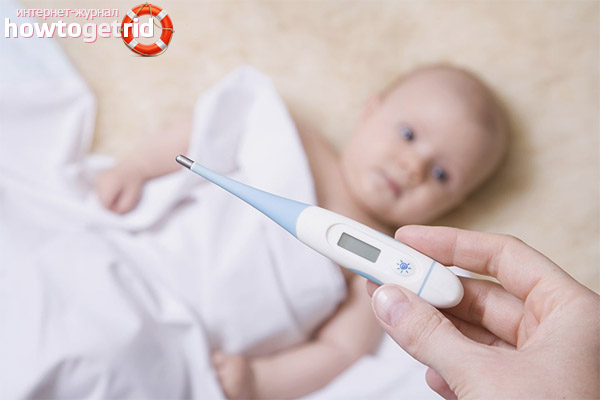
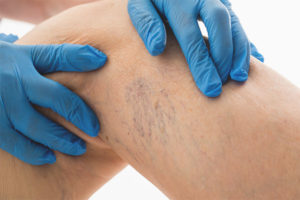
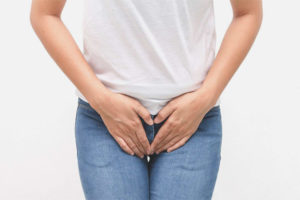
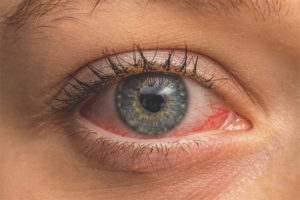

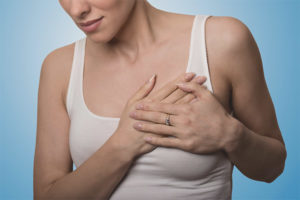
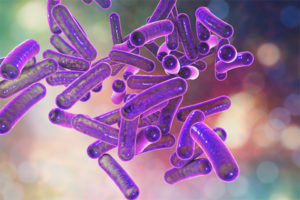
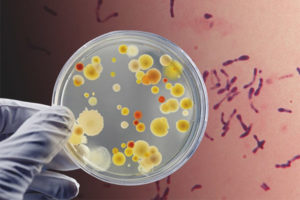

Submit